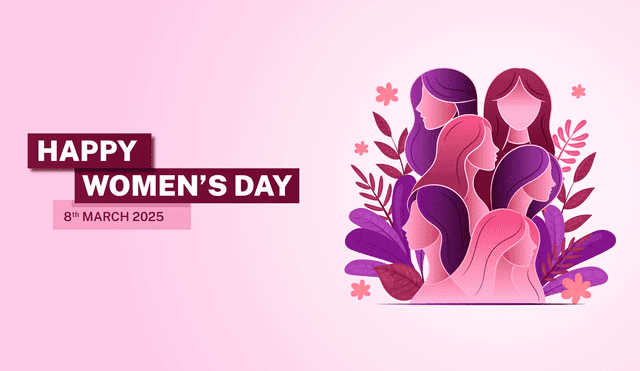International Women’s Day 2025 theme and significance explained with its global celebrations
International Women’s Day 2025 will be celebrated on March 8 under the theme "For ALL Women and Girls: Rights. Equality. Empowerment." This annual observance highlights ladies achievements, raises awareness about gender disparities, and calls for action toward a more inclusive and equitable society.

International Women’s Day (IWD) 2025 will take place on March 8, focusing on advancing gender equality through the motto "For ALL Women and Girls: Rights. Equality. Empowerment." This year’s campaign urges global action to create a future where women and girls have equal rights, opportunities, and power. Recognized by the United Nations (UN), IWD serves as a platform to highlight feminie social, economic, cultural, and political achievements while advocating for continued progress in gender equity.
The day traces its origins to the early 20th century, when labor movements protested against poor working conditions and demanded better rights for female. Over time, March 8 became a symbol of resilience and activism, particularly after Russian women led a historic strike in 1917. Officially recognized by the UN in 1975, IWD now fosters worldwide solidarity, promoting discussions on policies and norms affecting the female population.
What is the history behind International Women’s Day?
International Day for Women has its roots in the early 1900s, when workforce movements across the world began advocating for better functioning conditions and identical rights. One of the first milestones occurred in 1908, when 15,000 activists marched through New York City, demanding shorter working hours, better pay, and voting privileges. The following year, the United States observed National Women’s Day for the first time. In 1910, German activist Clara Zetkin proposed the idea of an cross-border celebration dedicated to gender equality at the International Socialist Women’s Conference, leading to the first official IWD observance in 1911 across multiple countries, including Austria, Denmark, Germany, and Switzerland.
A defining moment in IWD’s history took place in 1917, when protests in Russia demanded "bread and peace" amid World War I. The demonstrations led to major political changes, including voting rights being granted soon after. From that point, March 8 was solidified as the official date for International Women’s Day. Decades later, in 1975, the United Nations formally recognized IWD, elevating its status to a intercontinental movement. Today, it serves as a reminder of the progress made in identity parity while acknowledging the work still needed to create an equitable future.
What is the focus of International Women’s Day 2025?
The 2025 ceremony will emphasize the theme "For ALL Women and Girls: Rights. Equality. Empowerment." This year’s message urges action to eliminate barriers and unlock equal opportunities in all aspects of life. The campaign highlights the importance of education, leadership, and economic independence, providing that progress reaches every individual, regardless of background or circumstances. Advocates are calling for stronger policies that address systemic inequalities, from workplace discrimination to access to healthcare and education.
The United Nations has stressed that empowering younger generations, especially girls and teenagers, is key to long-term change. By fostering inclusive environments and reshaping societal norms, this year’s topic encourages a collective effort to accelerate gender equality. The 2025 observance serves as a reminder that while success has been made, achieving true inclusivity requires ongoing commitment from communities, governments, and organizations worldwide.












